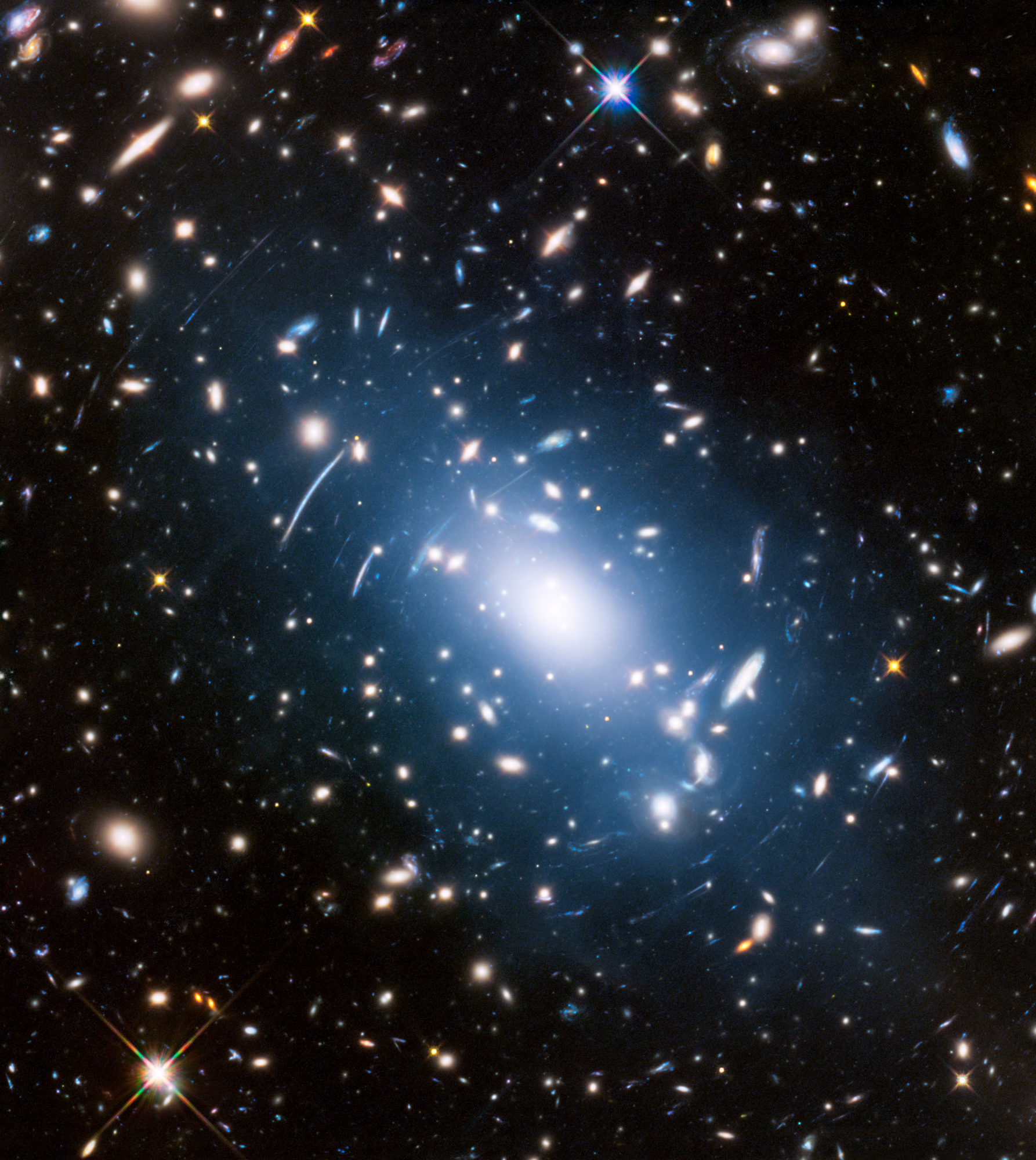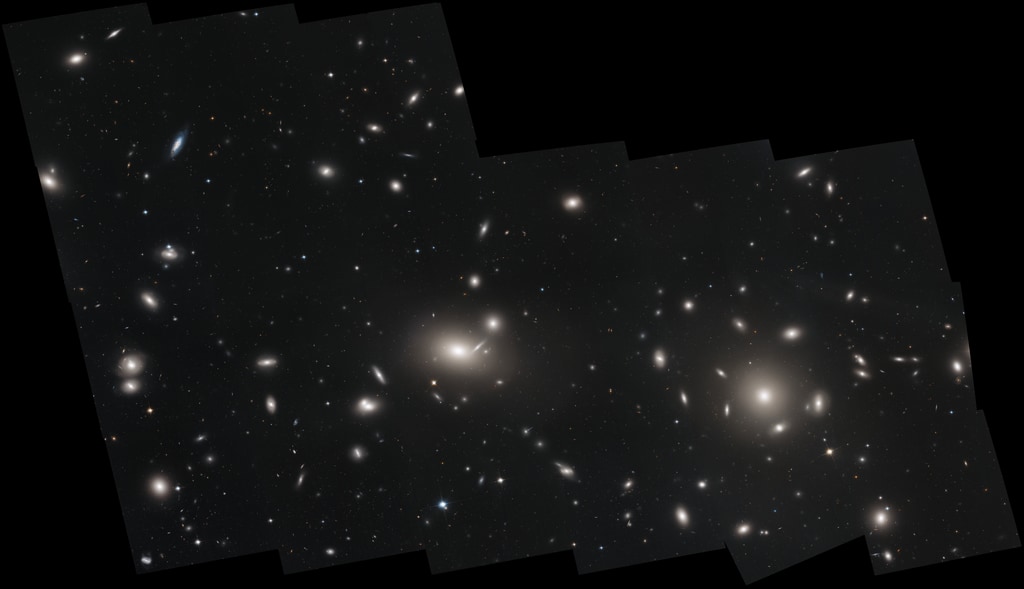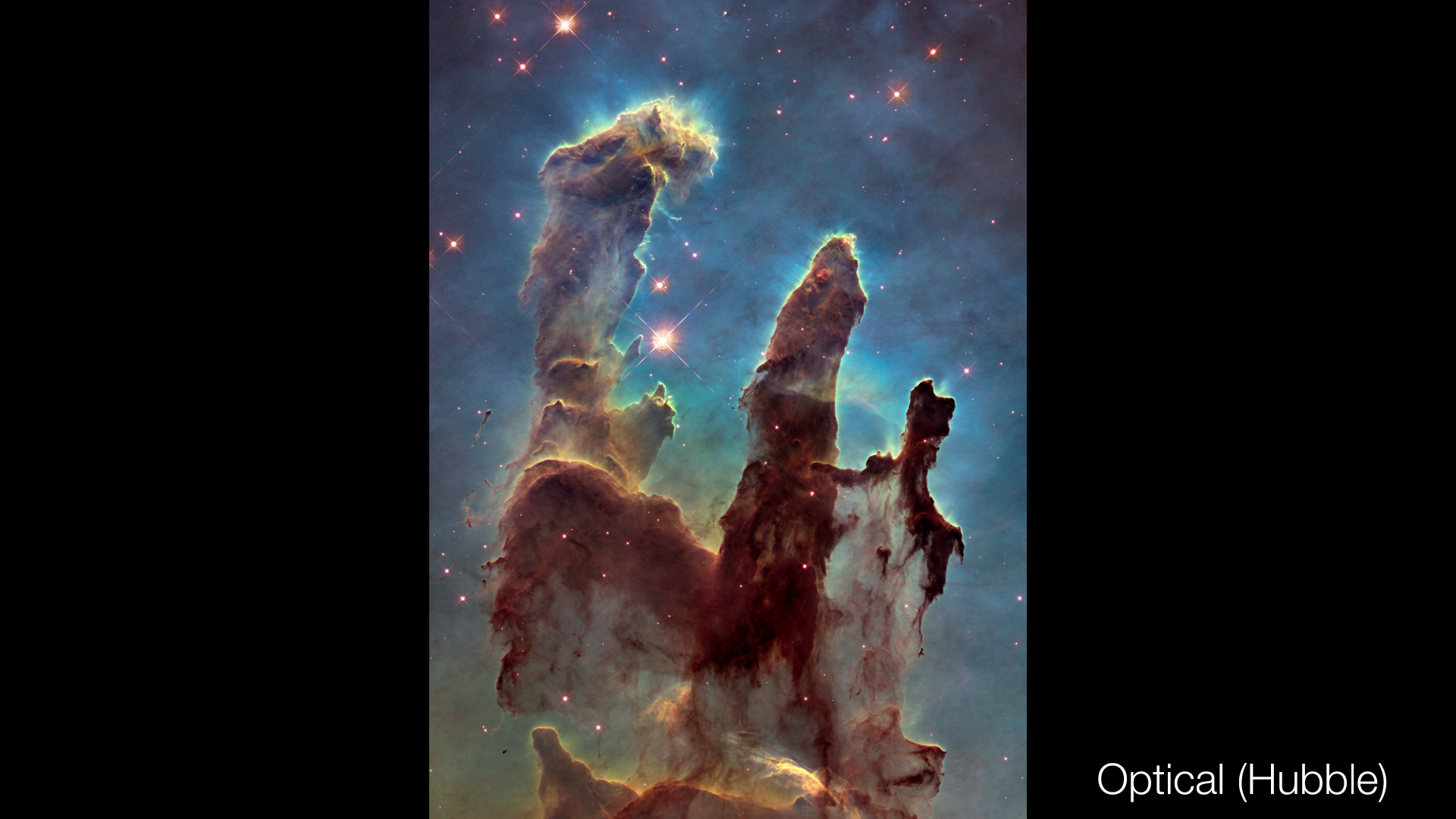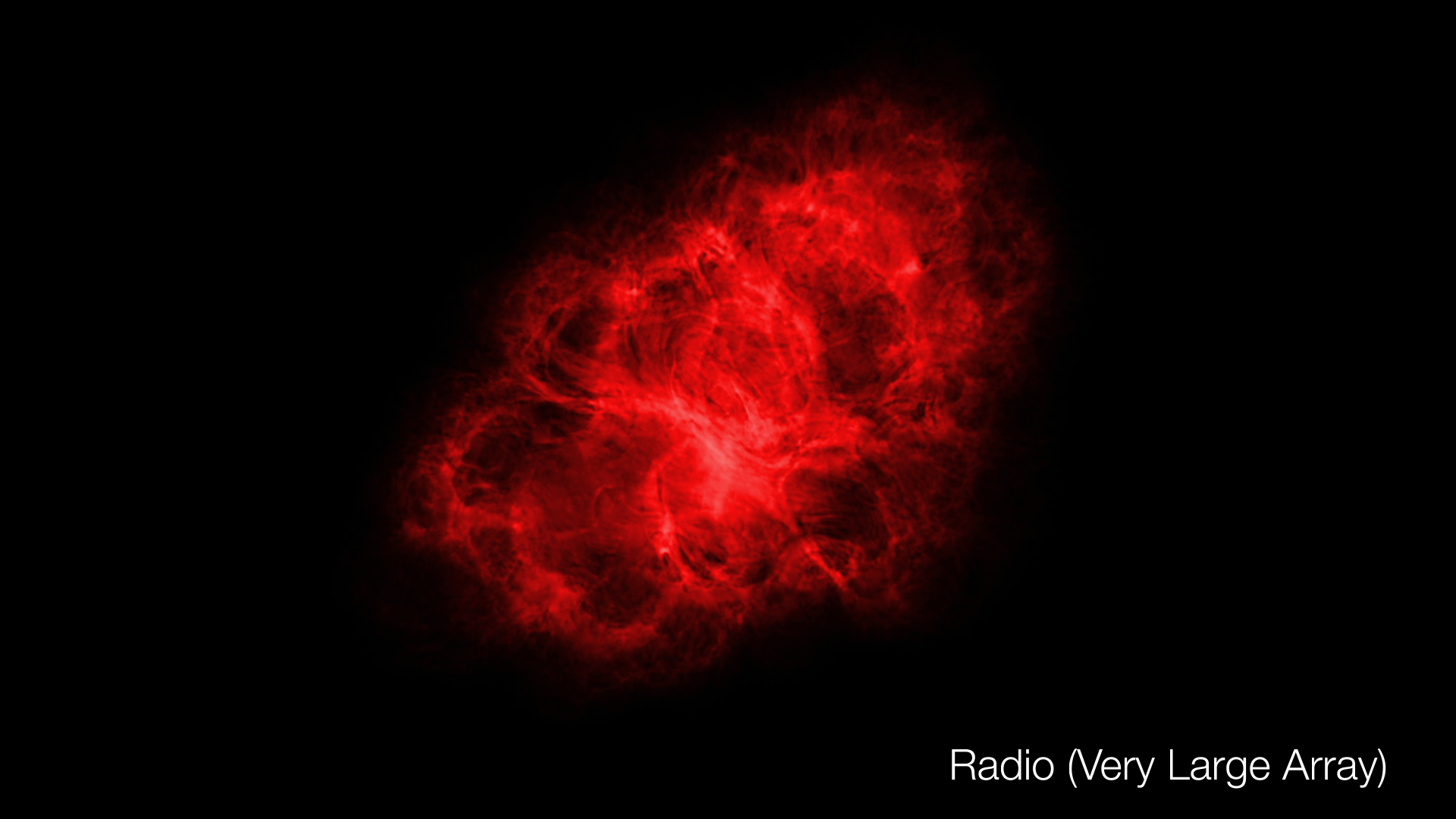Triangulum Galaxy Mosaic
Full Hubble mosaic image of the Triangulum galaxy (M33), composed of 54 Hubble fields of view stitched together. The borders of individual Hubble images trace the jagged edge of the mosaic, which spans 19,400 light-years across.
This unprecedentedly detailed portrait of the Triangulum galaxy (M33) is composed of 54 Hubble fields of view stitched together, revealing nearly 25 million individually resolved stars spanning 19,400 light-years. In the full mosaic, the borders of individual Hubble fields-of-view create a jagged edge.
Triangulum is oriented with its face toward us, unlike our other neighboring spiral galaxy Andromeda, which we see from the side. Its full-face orientation makes Triangulum ideal for studying the distribution of stars and gas in its well-defined spiral structure.
A few characteristics stand out immediately. Striking areas of star formation glow bright blue throughout the galaxy, particularly in beautiful nebulas of hot, ionized hydrogen gas like star-forming region NGC 604, visible in the upper left of the full mosaic image.
The star formation rate in Triangulum is intense. Though the Milky Way galaxy is about 10 times more massive, with 400 billion stars compared to Triangulum’s 40 billion, the galaxies appear to be producing stars at a similar rate.
The orderly nature of Triangulum's spiral, with dust distributed throughout, is another distinctive feature. Astronomers think that in the Local Group of galaxies, Triangulum has been something of an introvert, isolated from frequent interactions with other galaxies that can distort spiral structure. Further research may determine if Triangulum is actually a newer member of the Local Group of galaxies, and perhaps its quiet days will soon be over.
Continuing to uncovering the Triangulum galaxy’s story will provide an important point of reference in understanding how galaxies develop over time, and the diverse paths that shape what we see today.
This cropped version of the mosaic image shows off the amazing detail Hubble captured at the heart of the Triangulum galaxy.
For More Information
Credits
Please give credit for this item to:
NASA, ESA, and M. Durbin, J. Dalcanton, and B.F. Williams (University of Washington)
-
Visualizer
- Greg Bacon (STScI)
-
Image processing
- Meredith Durbin (University of Washington)
- Julianne Dalcanton (University of Washington)
- Benjamin F. Williams (University of Washington)
-
Technical support
- Leann Johnson (Global Science and Technology, Inc.)
Release date
This page was originally published on Monday, March 25, 2019.
This page was last updated on Monday, July 15, 2024 at 12:22 AM EDT.
Missions
This visualization is related to the following missions:Datasets used in this visualization
-
Filters F475W and F814W [Hubble Space Telescope: WFC and ACS]
ID: 1036
Note: While we identify the data sets used in these visualizations, we do not store any further details, nor the data sets themselves on our site.




























